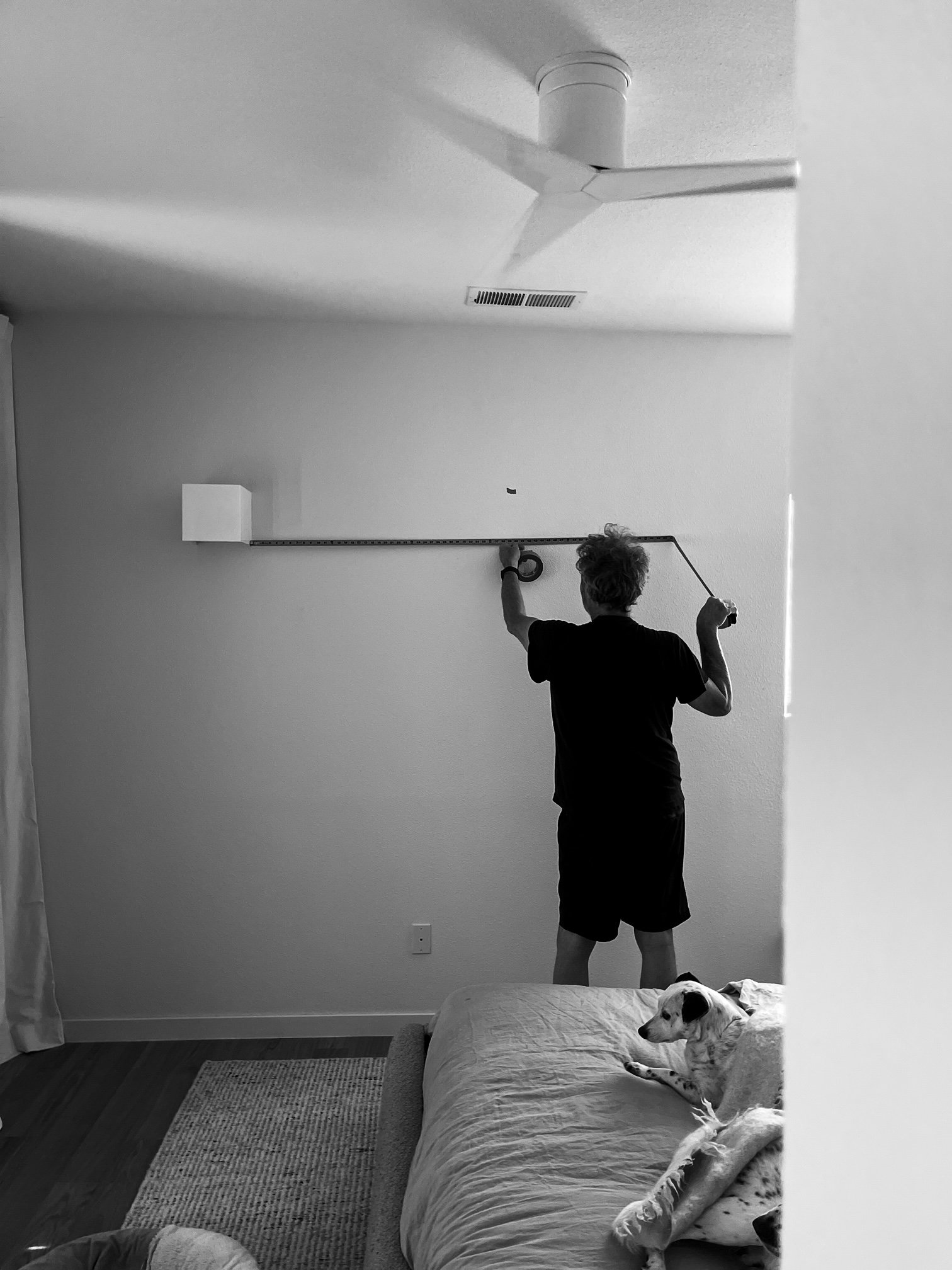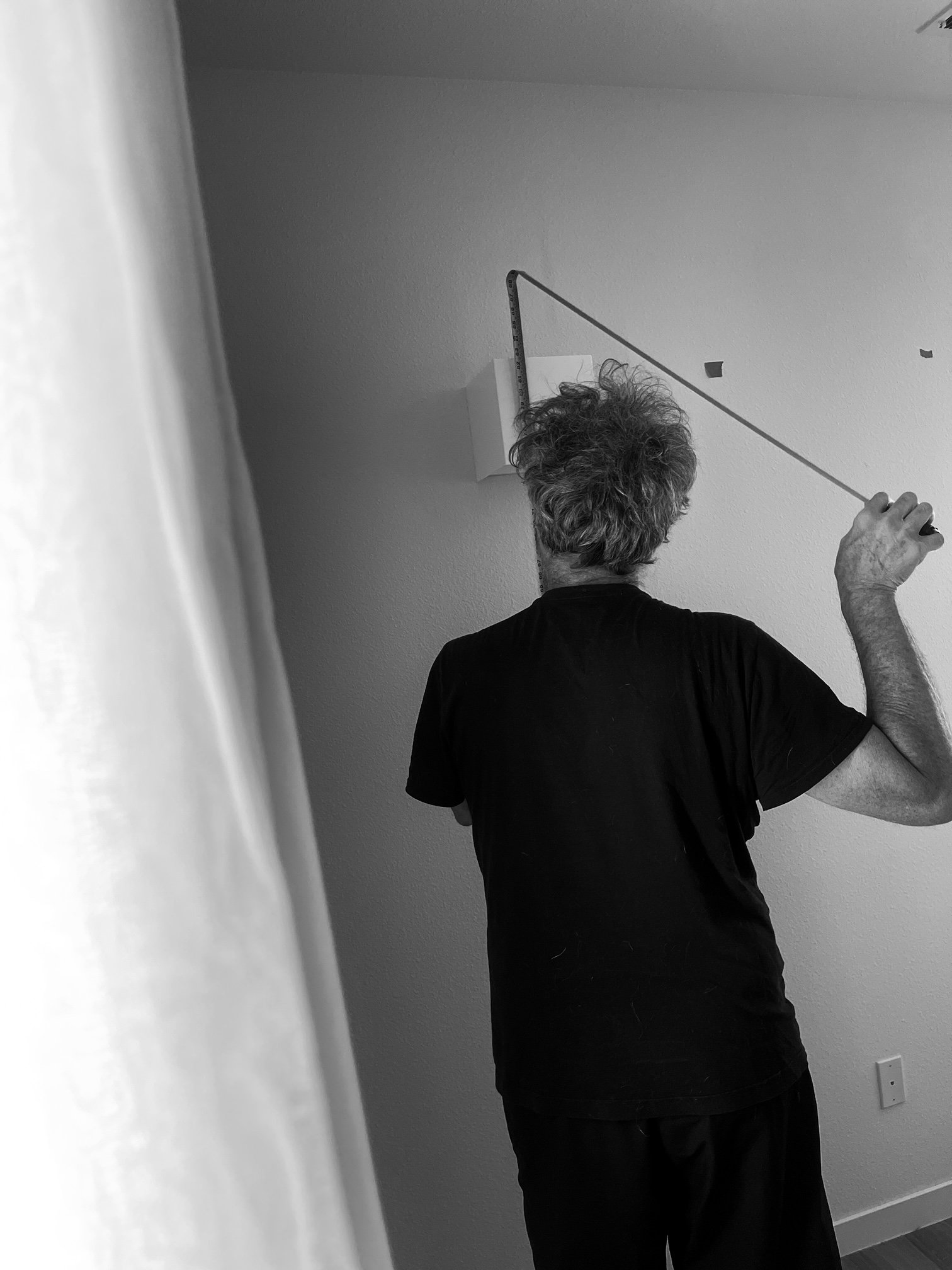How to Budget for a Home Renovation
Revamping your living space can be exhilarating. The promise of a new look, the thrill of finally getting that Scandinavian design you’ve always coveted. All this can make a home renovation worthwhile.
Still, the process of budgeting and planning for it can feel confusing. Especially if this is your first project, you’ll want something to guide you through the twists and turns. Here, we share the steps to create a home renovation budget, as well as other helpful information.
How Much Do Home Renovations Cost?
Every homeowner and house flipper asks this question at least once or twice in their life:
How much do home renovations cost?
Well, here’s the deal—the costs for renovations will vary. It depends on what you're looking to change, the materials you're using, and who's doing the work.
Here’s a quick chart of the average renovation costs by room, to give you a bird’s-eye view of what you’re dealing with:
Kitchen-6,000 plus
Bedroom-10,000-15,000
Bathroom-3,000-25,000
Living Room-5,000-10,000
Office-5,000 plus
Utility room-6,000 plus
Source: Homeadvisor.com
As you can see, home renovations are no joke. They cost a lot of money and they also take up a lot of time. Regardless, you shouldn’t let these things scare you from making your dreams come true.
How to Budget for a Home Renovation – 5 Easy Steps
While home renovations can be expensive, there are ways you can make the costs easier to shoulder. Consider these steps to making an effective budget for your home renovation projects:
Step 1: Prioritize Your Tasks
Prioritizing helps you direct your budget where it matters most. Go around your home and make a list of all the things that you want changed. Once the list is complete, rank these tasks.
What's absolutely essential? What's a "would be nice to have"? What can wait?
Imagine it like you're organizing your home, figuring out what stays, what goes, and what transforms.
Step 2: Lookup the Costs
For every item on your list, you need to know the cost. Home renovation websites are treasure troves of information. You can find rough estimates for labor costs, materials—even how much permits could cost. But remember, these figures are just a starting point. The final cost might vary based on local rates and your specific needs.
Step 3: Create Savings Goals
Take a hard look at your savings. If what you have isn't close to what you need, don't sweat. It's time to create a savings plan. Think of this like budgeting your hourly paycheck.
Break down your total renovation budget into monthly savings goals. Make sure it's a figure you can realistically set aside each month. It might take some time, but you'll get there!
Step 4: Research Financing Options
When savings aren't enough or you're keen to start right away, financing can bridge the gap. One option is a personal loan, which can cover part if not all of your renovation costs.
Other financing models to consider include:
Home Equity Line of Credit (HELOC) - This is similar to a home equity loan, but instead of a lump sum, you get a line of credit.
Credit Cards - For smaller renovations, consider using a credit card. Some cards offer 0% interest on purchases for a certain period.
Refinancing - This involves replacing your existing mortgage with a new one. You could potentially tap into your home equity or secure a lower interest rate.
Each of these options comes with its own pros and cons. So, make sure you understand what you're getting into. A financial advisor can help navigate these waters.
Whatever you choose, remember that borrowing isn't free money. It needs to be paid back with interest. So, plan carefully to avoid any financial strain.
Step 5: Gather Estimates from Contractors
Reach out to at least three contractors for each task on your list. Ask for detailed estimates, so you know exactly what you're paying for. Don't just compare costs, also consider their reputation and reviews.
The cheapest contractor may not always be the best. Finding someone reliable, affordable, and who shares your vision for your home is worth its weight in gold.
What Is a Good Budget for Home Renovations?
You may be looking for a magic number here, but the truth is, a good budget for home renovations depends on many factors. Look at your savings, your income, and how much you're comfortable spending. You should never put yourself in a financially precarious position for a renovation.
Furthermore, consider the scope of your renovation. Are you looking to simply spruce up a few rooms with fresh paint and new fixtures? Or are you planning a significant overhaul, like a kitchen remodel or a home extension? Each of these will have a different budget requirement.
Location is another important factor. The cost of labor and materials can significantly vary based on where you live. Rural areas might have lower costs compared to big cities.
Having a Contingency Plan
During renovations, surprise costs are more like the rule than the exception. You might uncover structural issues that need fixing or decide on a last-minute upgrade. A contingency fund of 10-20% of your overall budget is recommended to cover these unexpected expenses. This safety net can save you from a lot of stress and financial strain.
Final Thoughts
Renovating your home doesn't have to break the bank. With careful planning, a dash of patience, and a sprinkle of hard work, you can make your dream home a reality. Spend wisely to add value to your home!
This lovely article was written by Sophia Young. She is a content writer covering lifestyle and fashion topics. She’s actively participating as a contributor for various lifestyle blogs and has been co-authoring some articles of her colleagues. She’s currently enrolled in a content marketing course hoping to expand her knowledge in digital marketing.



